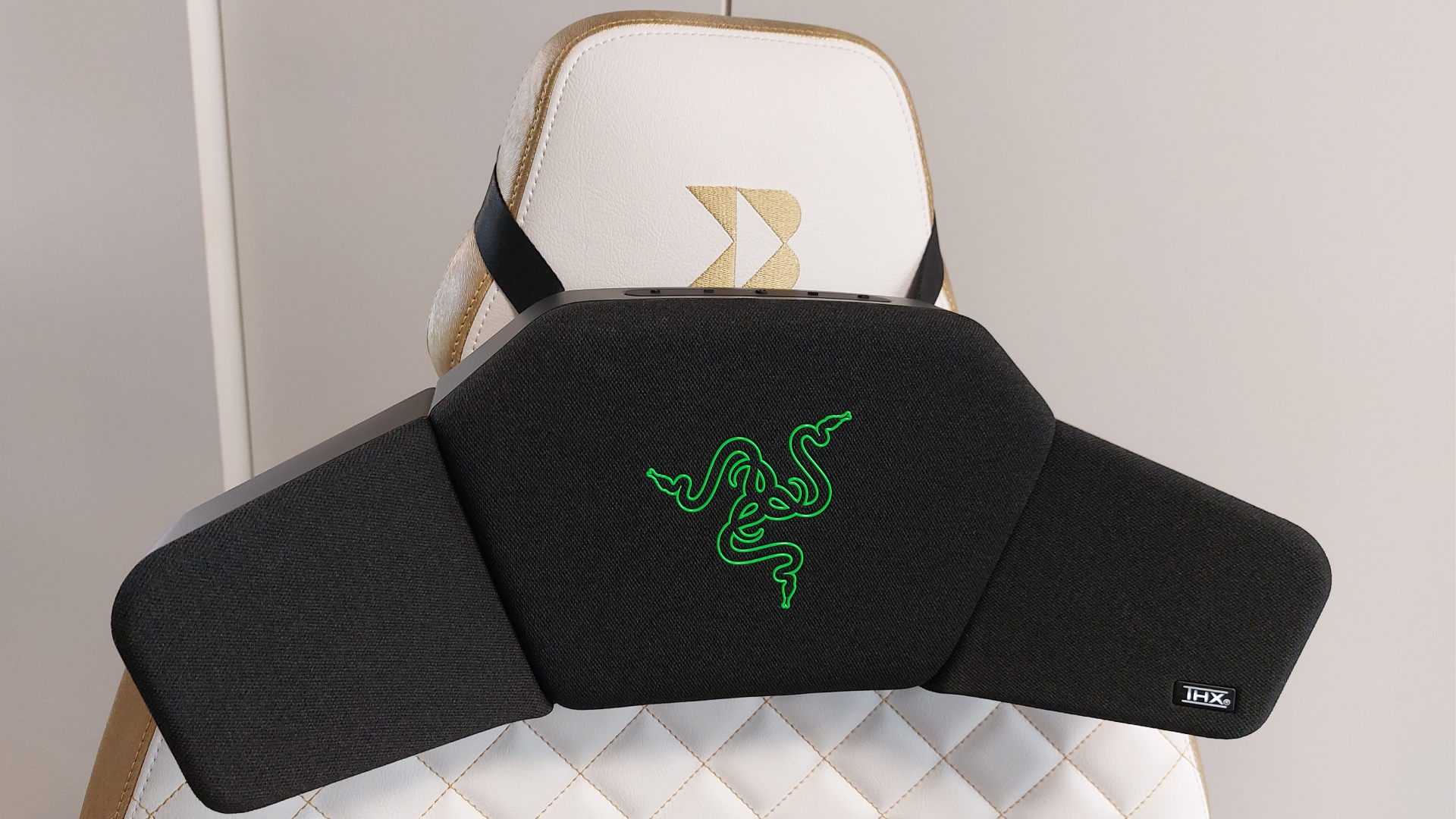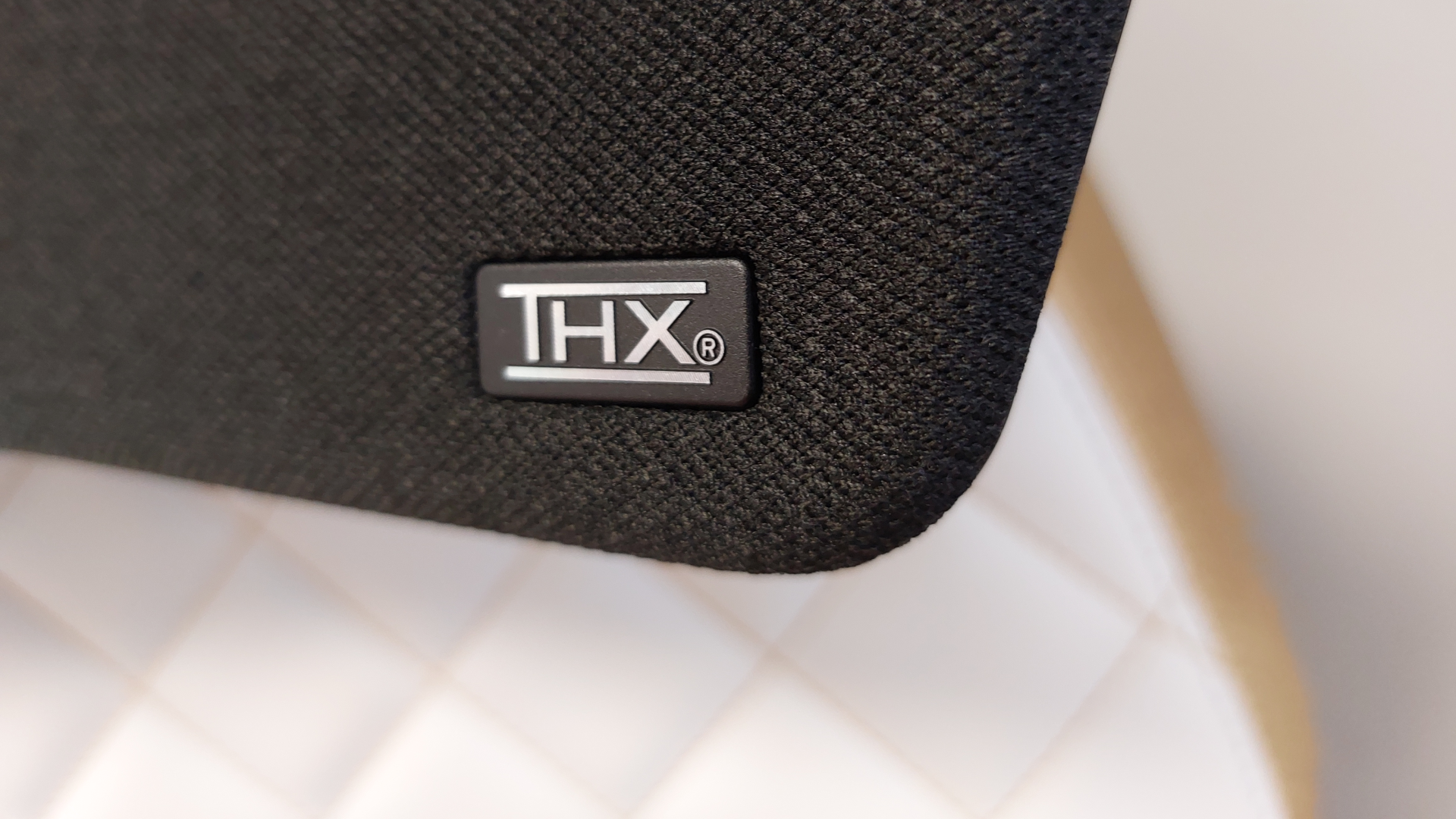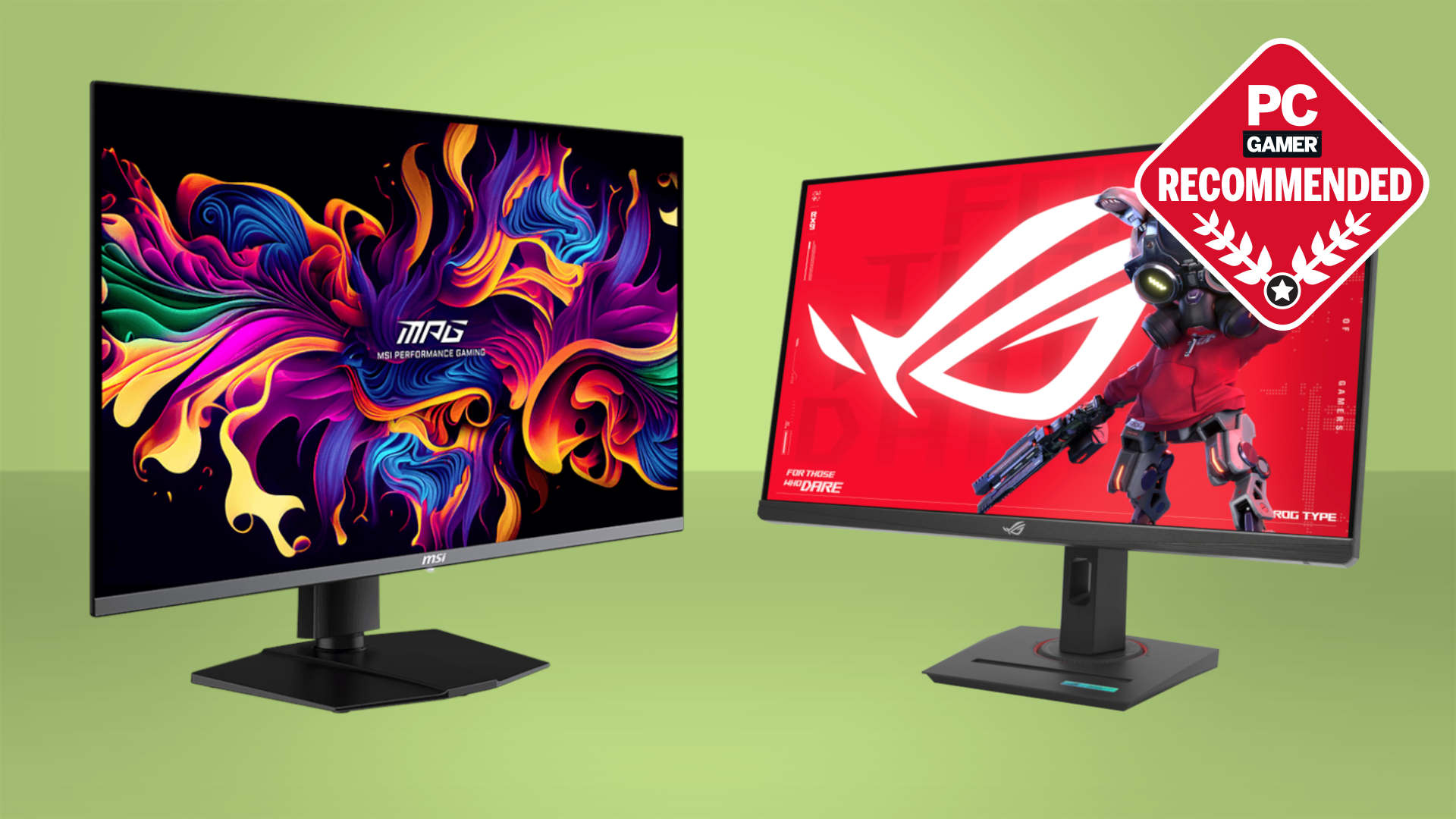Our Verdict
Immersive near-field speakers are undercut by baffling hardware design choices. If you've got a Razer Enki or Iskur V2 chair, I've no doubt you and the Clio will be very happy together—but $200 is a hefty price tag to furnish a niche within a niche and free up some desk space.
For
- Comfortable form factor
- Immersive audio experience
- Frees up desk space
Against
- Adjustable straps DO NOT offer a universal fit
- THX Spatial Audio costs an additional $20
- Expensive, and niche
PC Gamer's got your back
It's not often I'm thoroughly baffled by a bit of review kit. The Razer Clio is a near-field speaker designed to perch on the headrest of your gaming chair, with the sell being that it will deliver an immersive audio experience without disturbing anyone within earshot of your rig. To be fair to Razer, the Clio does tick most of those promised boxes. But it all comes with some deeply confusing caveats, with the $230 price tag being only the first hurdle.
Allow me to first answer a most pressing question, namely 'how do you attach it then?' Well, I'm afraid to say 'with great difficulty'.
The Razer Clio comes with two adjustable webbing straps on the back that can be clicked together in either parallel or criss-cross formations. As the speaker itself is actually pretty hefty, adjusting the straps to achieve a snug fit that's unlikely to shift around behind your head is fiddly. So much so that this became a two-person job for me, with one patient colleague holding the speaker aloft while I tried to corral the straps.
Even before that point, there's the whole matter of 'chair compatibility.' Razer itself says the Clio's adjustable straps should "fit most high-back gaming and office chairs," though my experience was less straightforward than this would suggest.
So there I was, excited to unbox the Razer Clio for the first time and get to grips with it. Unfortunately, it turns out I cleared my chair-drobe for nothing as my home office chair, the Ikea Markus, has a fairly wide headrest that immediately ruled it out for testing.
Next, I commandeered my partner's Secretlab Titan Evo, only to discover I could get just one of the speaker's fully extended straps to properly click around the headrest. Though a precarious perch, haunted by the thought that at any moment the single strap might go PING and drop the entire weight of the speaker on the base of my neck, this proved a surprisingly comfortable setup for a day of playing Two Point Museum.
Furthermore, my partner was not at all bothered by the on-air silliness of this management game as he played the equally but distinctly ridiculous Death Stranding 2 thanks to the Clio's integrated near-field dual speakers. That said, Two Point Museum hardly has the most abrasive sound design, so we'll put a pin in gaming with it for now.
Keep up to date with the most important stories and the best deals, as picked by the PC Gamer team.
Back to headrest mounting woes: I had no joy in attempting to attach the Clio to either my AndaSeat X-Air Pro, or even the Razer Fujin Pro we have at PCG towers. To date, the only headrest I've been able to properly attach the Clio to via both straps is the Backforce One Plus. As per the Clio's FAQ, anyone with a Razer Enki Pro, Razer Iskur V2, or a Razer Iskur V2 X will have a much easier time, though I did not have one of these available to test.
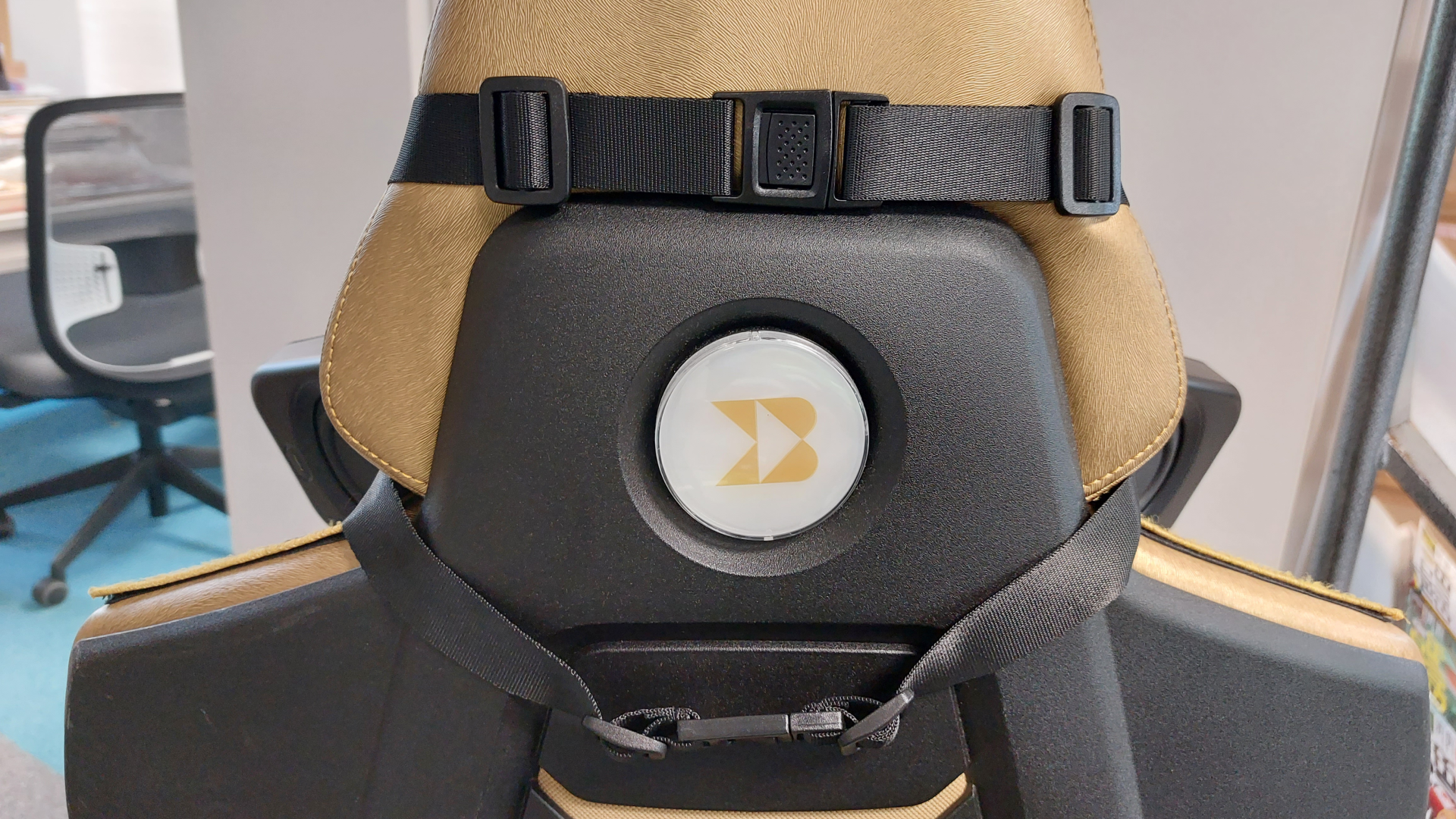
Anyway, once you've got the headrest in place, it's a surprisingly comfortable bit of kit. Even when a bit low slung due to improperly adjusted straps, I felt comfortable leaning back into the Clio. An unexpected benefit of the integrated near-field speakers too was the helpful reminder that I should be sitting leaning into the back rest, and not curled up like a prawn over my keyboard.
The speaker itself also feels well made—even the webbing of the straps, the feature I like the least about this speaker, feels robust. Overall, the construction feels sturdy enough that I don't feel too pessimistic about the Clio's chances against a drop onto the carpeted floor of PCG towers.
The Clio offers three EQ modes for movies, games, and music, plus a bonus custom profile, all of which can be fiddled with via Razer's Synapse software. Most device adjustment will take place either through this software or your OS's sound panel, but there is also an array of improbably placed buttons lining the speaker's top edge. These turn the volume up or down, in addition to handling Bluetooth pairing, sifting through EQ profiles and audio sources. I presume the assumption is that you'll never forget to fiddle with these before you sit down, and the times you'll need to contort yourself to get at them will be vanishingly few—however, my spine knows the score.
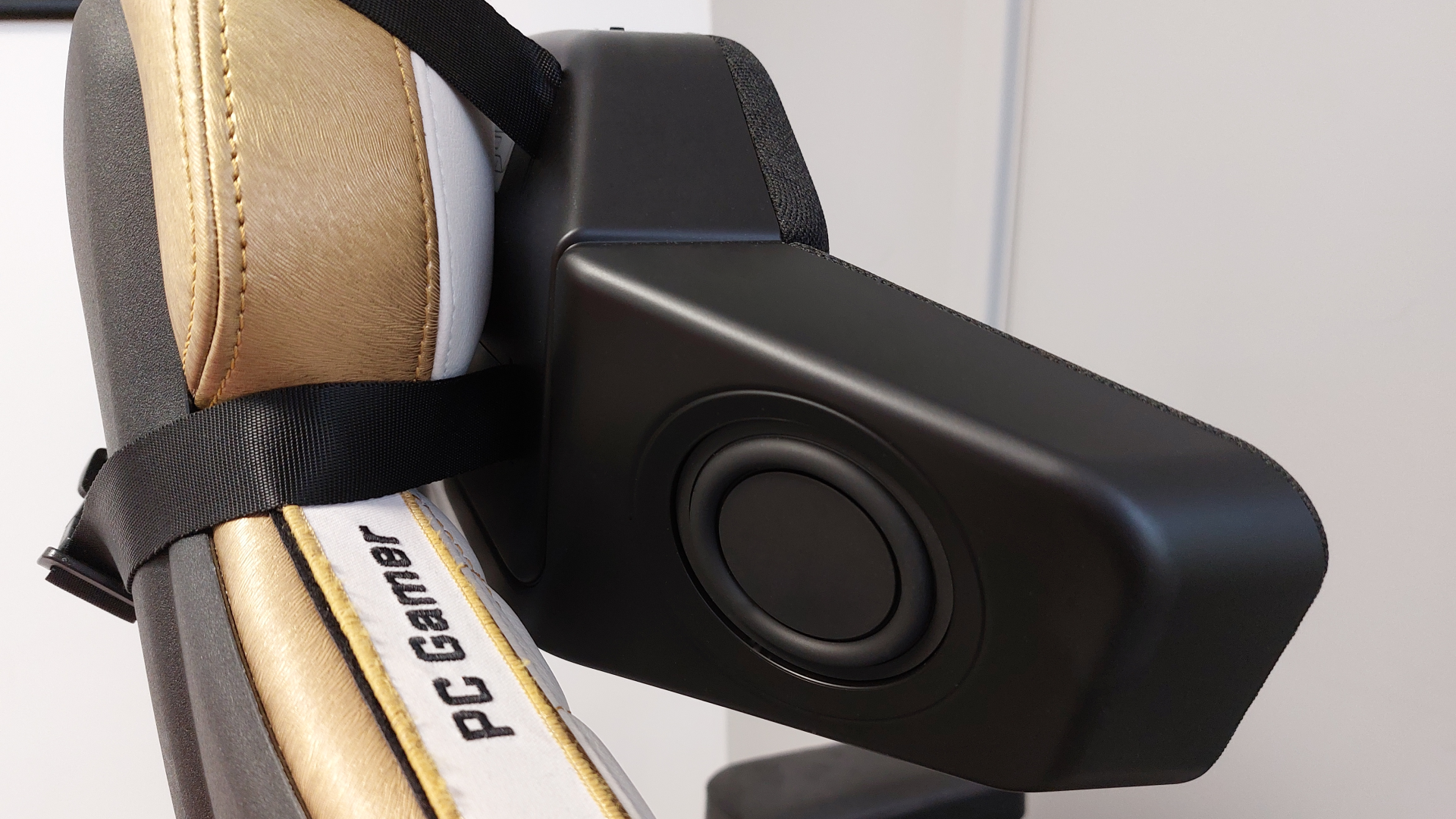
The Clio is also THX spatial audio-enabled, which comes with yet another caveat in that you'll need to spend an additional $20 on the THX spatial audio app to get the most out of this (though a 15-day trial version is also available). In theory, this app should offer a software-level boost to all of your audio devices, whether they're specifically labelled as compatible or not, so this may be a more enticing expense than dropping more than $200 on the Clio.
To test this, I submerged myself in Doom Eternal, one of a number of games supported by its own THX audio profile. I first took to this follow up's scorched Earth with the SteelSeries Arctis Nova 3X. Playing between the spatial audio and environmental mode sound profiles yielded a surprisingly crunchy, compressed sound via headphones—and before you ask, yes, I did remember to toggle on Windows Sonic for Headphones in the sound output submenu.
I don't suspect this is a fault of the hardware, as I'd not encountered such a crunchy sound profile from the Arctis Nova 3X in or out of game elsewhere. Though you can fiddle with the EQ settings and the placement of the 'virtual speakers' that act as reference points for the spatial audio via the app, I wasn't completely sure what was causing such an audio downgrade on this specific device.
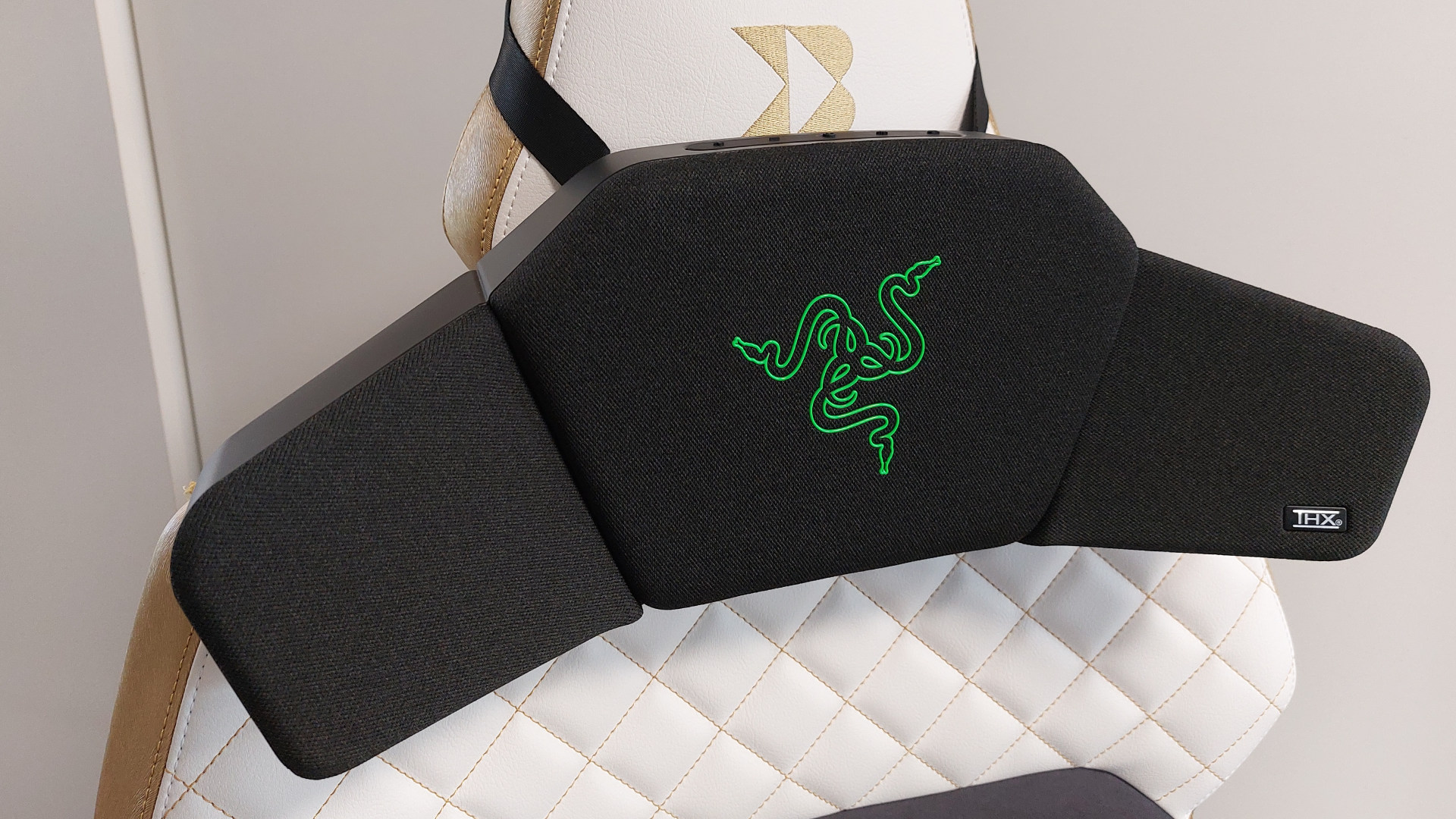
I then donned the Razer Clio like they were the Doom Slayer's pointiest pauldrons. I was immediately much more impressed by the sound quality coming from the Clio's 43 mm drivers, with the near-field speakers offering an immersive experience sans the horse blinder quality of traditional headphones.
Upon launching Doom Eternal, the THX app offers three different sound profiles from a dropdown menu: stereo, THX spatial audio, and THX environmental mode, the lattermost being Doom eternal's game-specific profile. The spatial audio profile offers the clearest sound quality, while Mick Gordon's incredible soundtrack enjoys a bassier boost via the environmental mode. Though Doom Eternal is far from a dialogue heavy experience, I did find voice lines came through crisply via the spatial audio profile. They're still clear in environmental mode, but the bass boost does absorb some finer audio detail.
Doom Eternal is an enjoyable show piece for the Clio. But even though spatial sound is a selling-point of this speaker, I can't say I was necessarily any better at stopping any of hell's ne'er-do-wells from getting the jump on me. The simple matter of my own lacking skill aside, there's just not the greatest amount of depth to the sound. The near-field speakers are immersive and novel, but I wouldn't say the Clio offers a best in class experience for spatial audio.
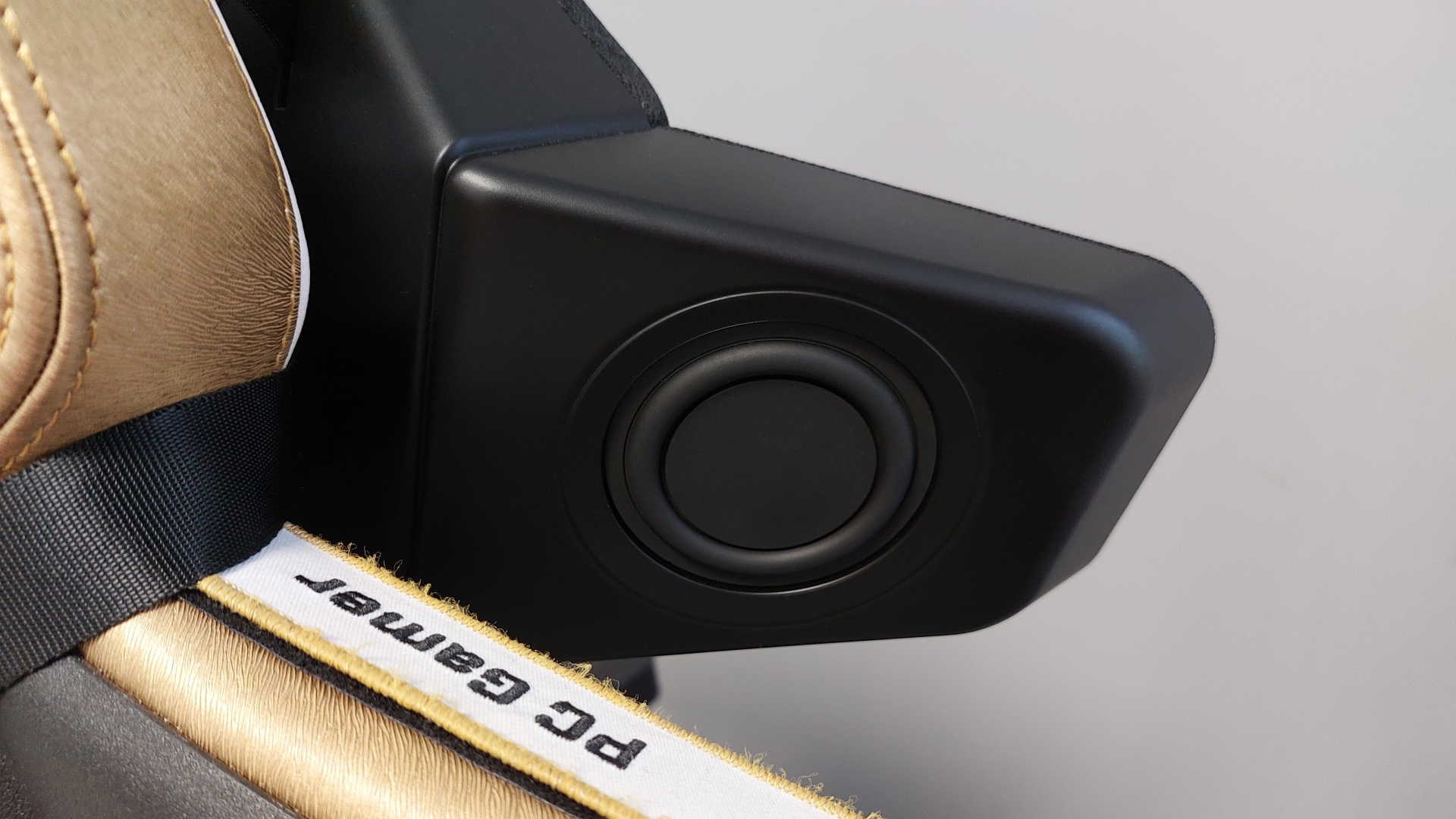
So, taking the Clio into the office, does the Clio's near-field dual speakers mean I'm ready to ditch my beloved lilac over-ear headphones? Uhm, not really, no.
The Clio dramatically softens what is already a fairly sedate soundscape in the likes of Two Point Museum or Shadow Gambit: The Cursed Crew, making it easy for those in earshot to tune out. However, the Clio is definitely still a speaker, regardless of how it claims to offer "headset-like immersion." At full volume, everyone knows I'm playing Doom Eternal, for instance, but in the 50-70% volume range, the sound leak is much more comparable to what you'd get from someone listening to their headphones just a wee bit too loud.
Listening to music via the near-field effect speakers is interesting. For instance, when I attempted to introduce the team to Eartha Kitt's disco era, they could scarcely hear my tunes until I whacked the volume as high as it would go—at which point it became an uncomfortable listening experience even for me (though I maintain Where is my Man is a banger). To be clear, that doesn't mean I was wrapped up in my own happy little Eurodance bubble at 70% and lower volume settings; those nearby could potentially still discern the line "If you are feeling quite randy / I know some things that are dandy / Sugar Daddy, Sugar Daddy / Let's keep your stockbroker handy," should they happen to strain their ears.
✅ You're in the market for a distinctly different audio device: The near-field speakers offer a unique, immersive audio experience while the Clio's positioning as a chair accessory frees up your desk space.
✅ You have a compatible Razer chair: If you've got an Enki, or an Iskur V2 or an Iskur V2 X gaming chair, you'll have a much easier time attaching the Clio to your headrest.
❌ You're looking for a bluetooth audio device to use in a quiet, shared space: If you want to listen to your most embarrassing playlists in peace, a traditional pair of headphones is still best.
❌ You're on a budget: You can definitely pick up a wireless audio device—speaker, or a headset—for much less than $230.
Our Kara then suggested I blare some Miku Hatsune via the Clio, promptly dooming us all to a teal-twin-tail-themed listening session. Mercifully the ambient noise of PCG towers is enough to distract from most of my eclectic musical tastes, though the higher vocal frequencies tended to carry more. Otherwise, I think it's probably a win for everyone if I keep my tunes under my headphones.
But say for the sake or argument, you don't want to attach the Clio to a headrest—how is it as a more traditional bluetooth speaker? Well, I wouldn't recommend it in that edge case either. The near-field dual speakers can get fairly loud but the audio quality from afar is muddy at full volume—the Clio offers a sound profile you're very much meant to lean into.
Ultimately, the Razer Clio feels like an odd duck with expensive taste. Beyond those who simply cannot abide having anything on or in their ear cartilage, I'm left to wonder who this is really for. The Clio tries to do something different in a device category that was hardly desperate for reinvention. At the Clio's price point you're better off doling your hard-earned crusts to either one of the best PC speakers or best gaming headsets instead.
Just for a start, the HyperX Cloud Alpha wireless headset hovers around a similar price point, boasting crisp audio and a beefy battery that breezes past the Clio's otherwise respectable 14-hour battery life. If you're in the market for a solid bluetooth audio device specifically, we rate the similarly priced BlueAnt Soundblade soundbar though it's got quite a large footprint (credit where credit is due, I definitely appreciate how much the Clio being a chair accessory frees up my desk space). So, for one more option, the Logitech Z407 speakers take up much less space than the BlueAnt Soundblade while also costing half as much and still offering plenty of oomph.
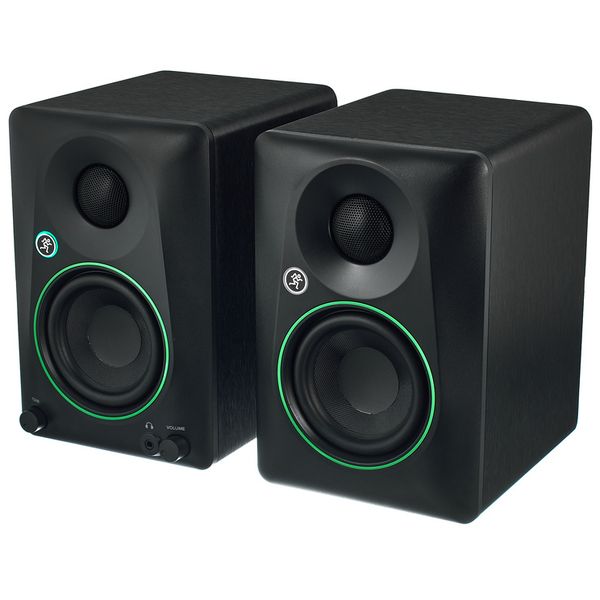
1. Best overall: Mackie CR3.5BT + CR8SBT
2. Best budget: Creative Pebble Plus
3. Best midrange: Logitech Z407
4. Best gaming soundbar: Creative Sound Blaster Katana V2 Soundbar
5. Best wireless gaming soundbar: BlueAnt Soundblade
6. Best bookshelf speakers: FiiO SP3 BT
7. Best reference speakers: Kanto Ora
Immersive near-field speakers are undercut by baffling hardware design choices. If you've got a Razer Enki or Iskur V2 chair, I've no doubt you and the Clio will be very happy together—but $200 is a hefty price tag to furnish a niche within a niche and free up some desk space.

Jess has been writing about games for over ten years, spending the last seven working on print publications PLAY and Official PlayStation Magazine. When she’s not writing about all things hardware here, she’s getting cosy with a horror classic, ranting about a cult hit to a captive audience, or tinkering with some tabletop nonsense.
You must confirm your public display name before commenting
Please logout and then login again, you will then be prompted to enter your display name.
